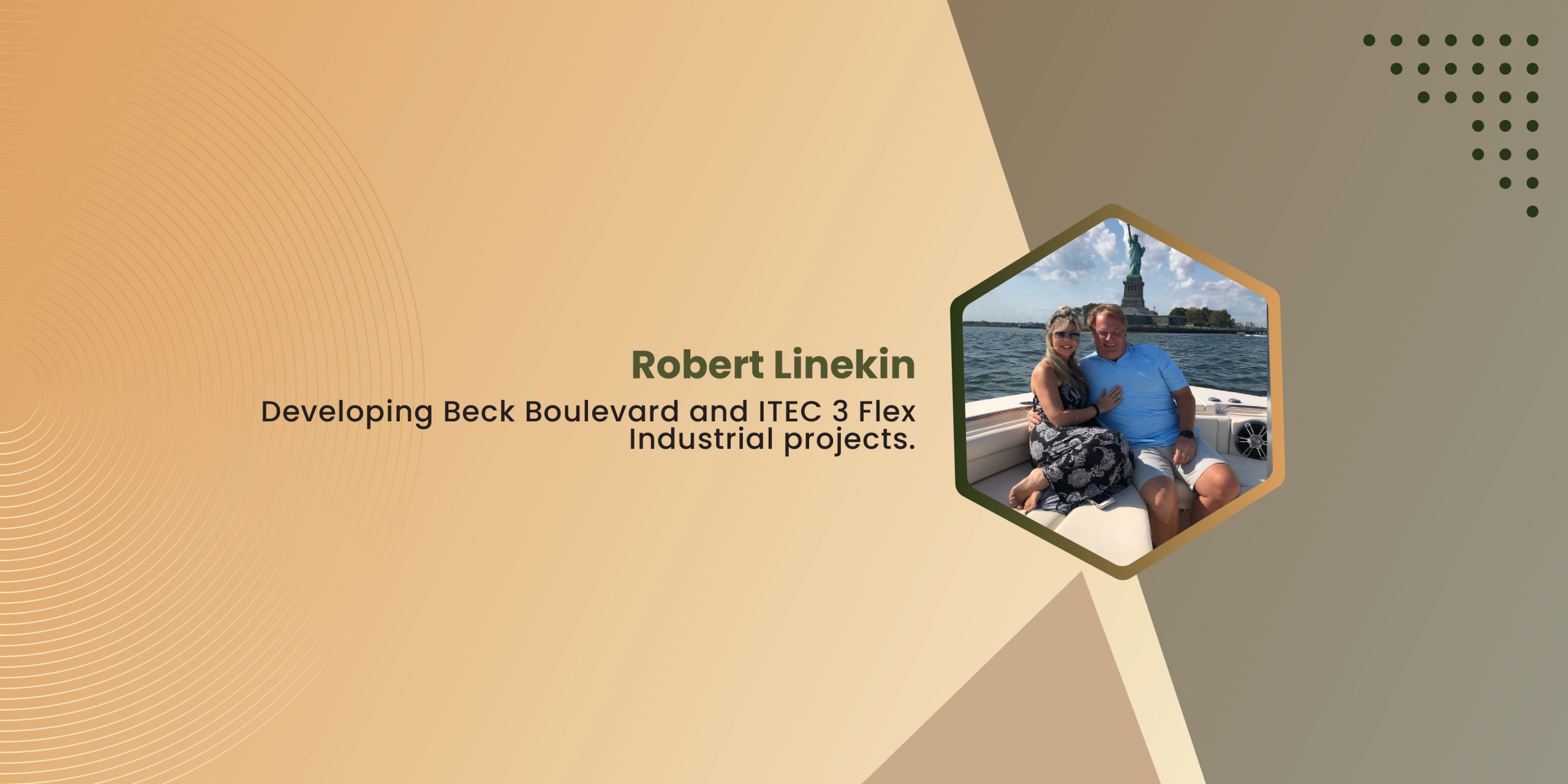
Luxury functional design merges opulence with utility, transforming living spaces into both aesthetically pleasing and highly practical environments. This design philosophy extends beyond mere decoration, focusing on integrating high-end style with functionality that enhances daily life. This article explores the essentials of luxury functional design, offering insights into creating spaces that are both beautiful and beneficial.
Integrating Function with High-End Aesthetics
The core of luxury functional design lies in its dual focus on beauty and utility. Every element within a space should serve a purpose, whether it’s to soothe the senses, organize daily necessities, or facilitate routine tasks. To achieve this, designers often start by understanding the client’s lifestyle and tailoring spaces that reflect their tastes while addressing their unique functional needs.
For example, in a luxury kitchen, aesthetics and functionality converge through high-quality materials and smart layouts. Marble countertops, custom cabinetry, and top-of-the-line appliances are arranged to create a seamless flow that enhances cooking and socializing.
Choosing the Right Materials
Selecting appropriate materials is vital in luxury functional design. Durability and beauty must go hand-in-hand to ensure that each component not only looks appealing but can also stand the test of time and usage. Natural materials like stone, hardwood, and wool often feature prominently because they offer longevity and timeless appeal. Moreover, innovative synthetic materials are also gaining popularity for their ability to mimic natural aesthetics while offering enhanced durability and ease of maintenance.
Incorporating advanced materials like scratch-resistant surfaces or stain-proof fabrics can add a layer of practicality to luxurious settings, ensuring that these spaces remain pristine and functional over time.
Smart Technology Integration
Modern luxury homes increasingly incorporate smart technology to enhance functionality. Automated systems for lighting, heating, and security can be seamlessly integrated into the design, offering both convenience and a futuristic edge. Smart homes that adjust to the inhabitants’ preferences not only provide comfort and efficiency but also contribute to the home’s overall luxurious feel.
For instance, automated blinds that adjust based on the time of day, lighting systems that create ambiance with the touch of a button, and integrated sound systems all enhance the living experience without detracting from the design’s visual impact.
Spatial Planning for Luxury Living
Effective spatial planning ensures that every square inch of space is optimized for both use and beauty. This involves creating clear paths for movement, designated areas for different activities, and clever storage solutions that hide clutter without sacrificing style.
Designers may employ tactics like multi-functional furniture—such as ottomans with storage or beds with built-in drawers—to maximize space efficiency stylishly. The layout should facilitate easy navigation and interaction, making the space not only breathtaking but also incredibly functional.
Lighting: Setting the Tone
Lighting plays a crucial role in luxury functional design. It’s not just about illuminating spaces; it’s about setting the mood and highlighting architectural and design elements. Layered lighting strategies can define zones, alter perceptions of space, and enhance the overall atmosphere. Utilizing a mix of ambient, task, and accent lighting ensures that the functionality of each area is maximized without compromising on style.
Chandeliers, spotlights, and LED strips can accentuate artworks, sculptures, and design details, adding drama and luxury to a space while providing the necessary illumination for everyday tasks.
Sustainable Luxury
Sustainability is increasingly becoming a hallmark of luxury design. High-net-worth individuals are more conscious than ever about their environmental impact, seeking designs that are not only luxurious but also environmentally friendly. This can include using sustainably sourced materials, integrating energy-efficient systems, and employing designs that maximize natural light and ventilation.
Incorporating green technology like solar panels, energy-efficient appliances, and eco-friendly materials can significantly reduce a home’s carbon footprint while maintaining its luxurious appeal.
Luxury functional design is about crafting spaces that epitomize elegance while serving practical needs. By carefully considering materials, integrating smart technology, planning spaces thoughtfully, employing strategic lighting, and embracing sustainability, designers can create environments that fulfill the promise of luxury without sacrificing functionality. Such spaces not only dazzle the senses but also enhance the quality of everyday living, making them true sanctuaries for their inhabitants.